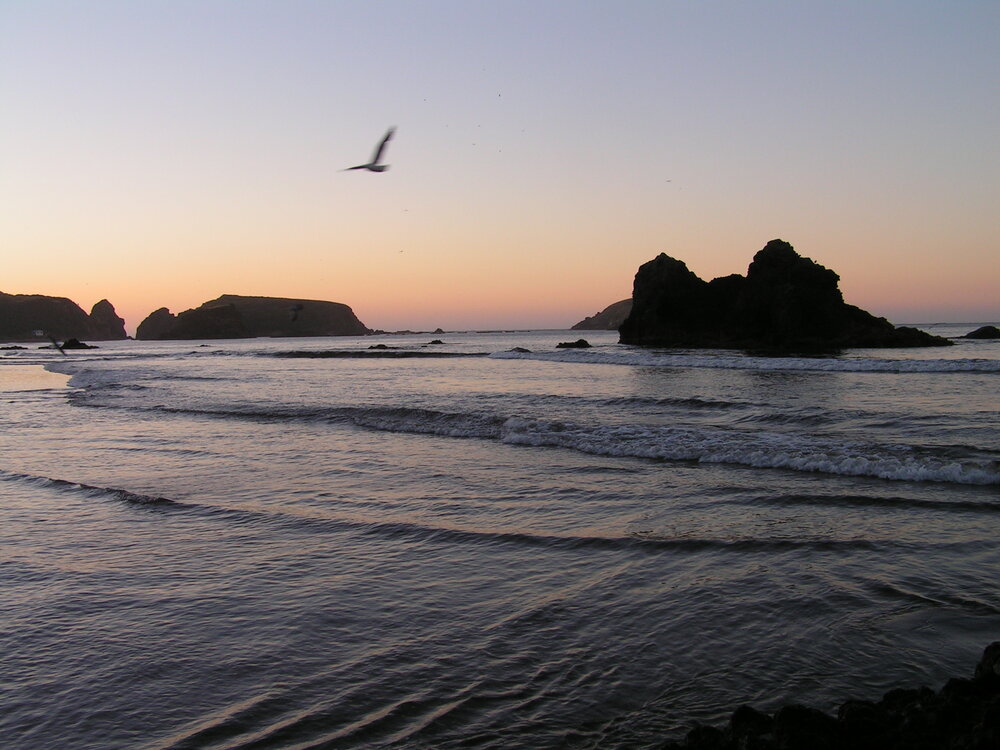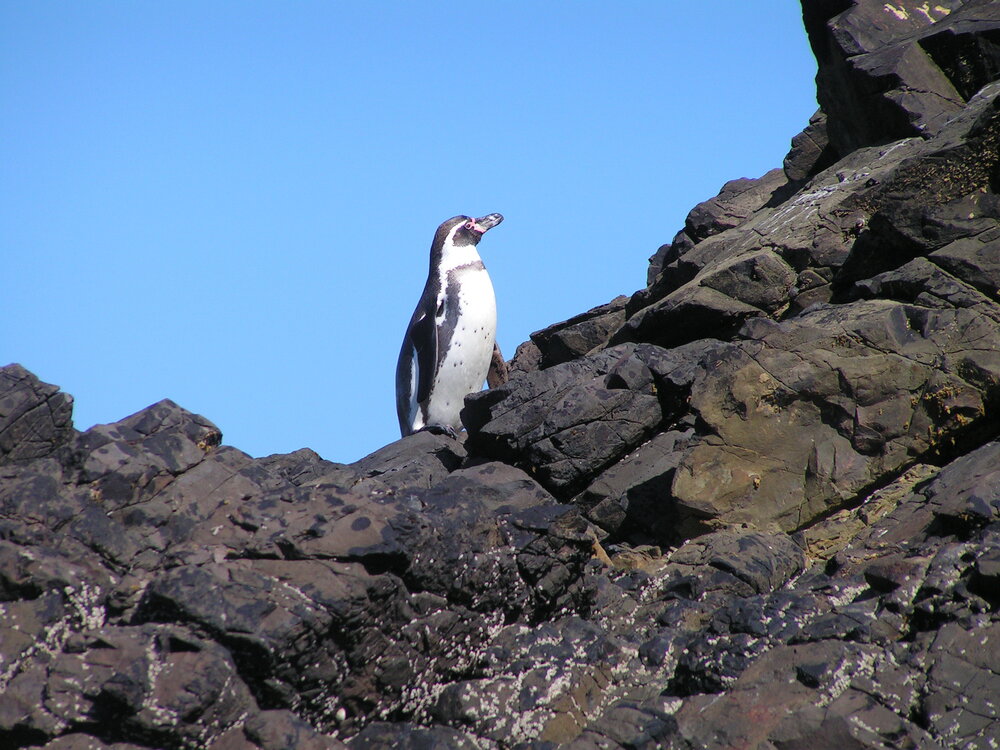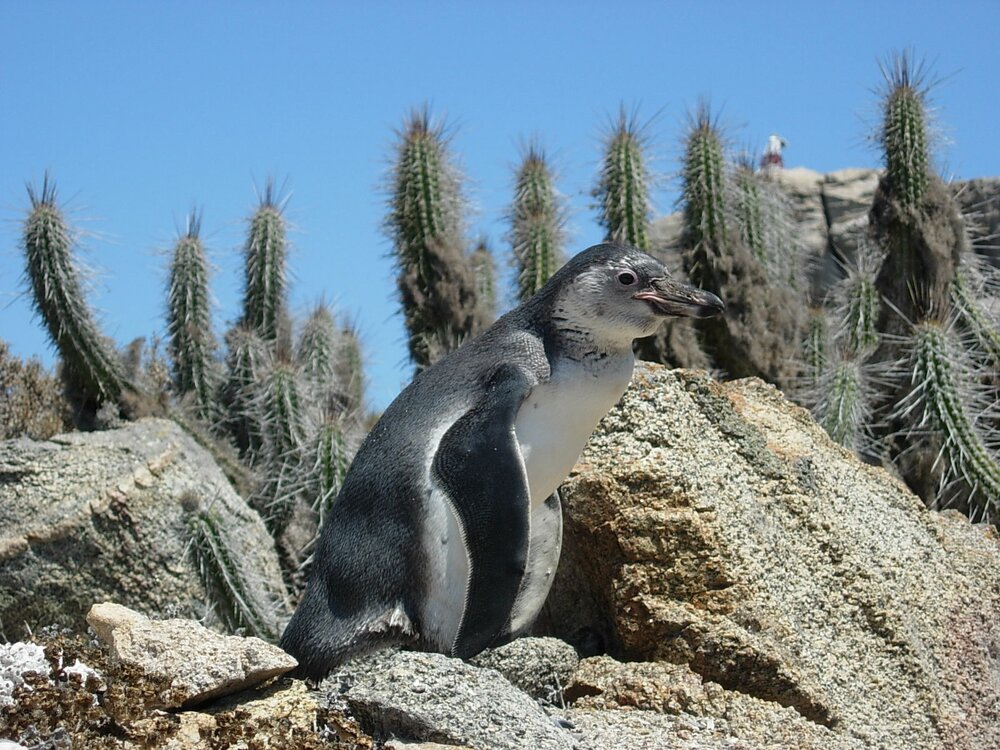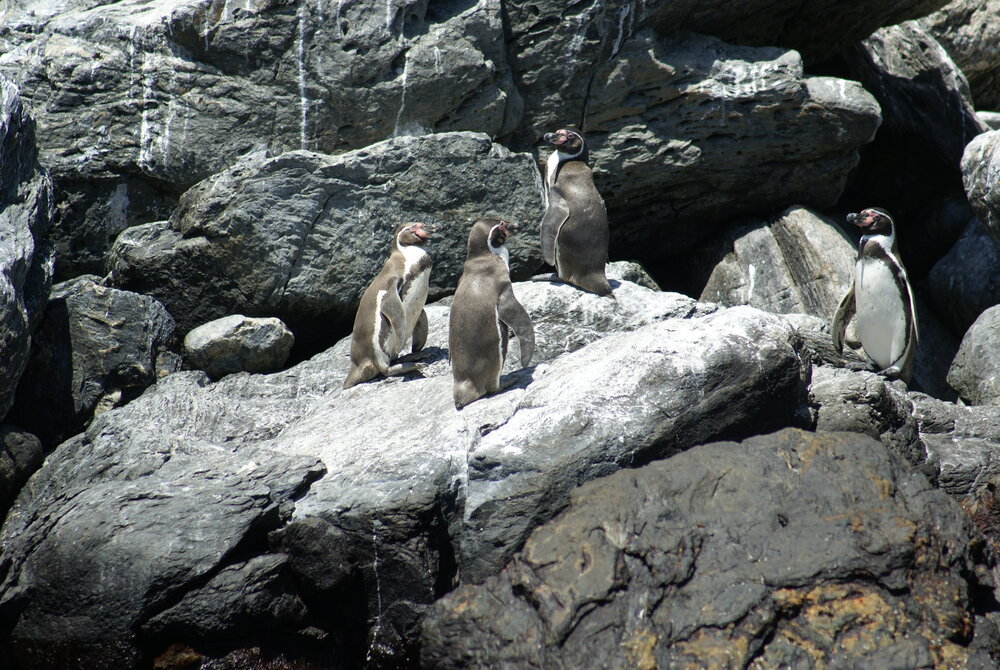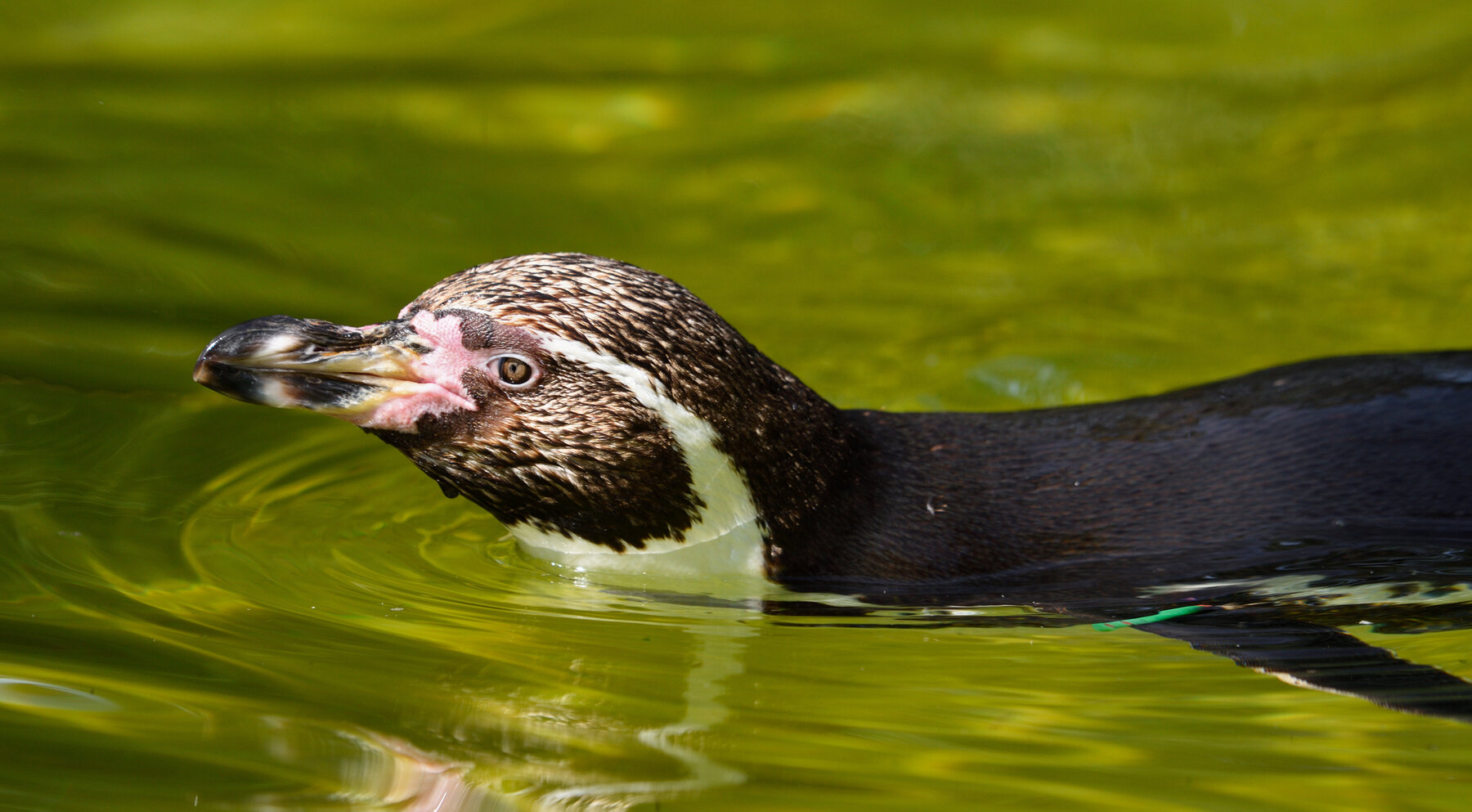
Humboldt penguin
Berlin’s zoos are supporting Humboldt penguin conservation measures in Chile and Peru.
Project facts
- Project partner
Sphenisco – Conservation of the Humboldt Penguin
- Species
Humboldt penguin (Spheniscus humboldti)
- IUCN threatened status
Vulnerable (VU)
- Project location
Coasts of Chile and Peru
- Greatest threats
Decrease in fish stocks due to overfishing, encroachment on breeding colonies, marine pollution
- Response
Protecting the penguins’ breeding colonies and habitats, educating local people
Threat Categories of IUCN


Penguins in Berlin
Humboldt penguins have been delighting visitors to Berlin Zoo since 1969. They are named after the famous naturalist Alexander von Humboldt, who is believed to have observed the birds in present-day Peru during his travels around South America from 1799 to 1804. Once you see these adorable penguins enjoying a sunbathe after a dip in the cool water, you will probably be able to guess that Humboldt penguins are not actually at home in freezing temperatures like some other penguin species. In fact, only two of the world’s 17 penguin species – the king penguin and the emperor penguin – live in the ice and snow.
Penguin paradise
Humboldt penguins inhabit a 4,500 km stretch of the Peruvian and Chilean coastline, where the abundance of fish provides ideal conditions. The birds spend most of their time out hunting in the Pacific Ocean. The cool waters of the Humboldt Current, which flows along the western coast of South America, are favoured by many crustaceans and fish such as krill, mackerel and anchovies – the penguins’ favourite food. One penguin eats up to half a kilogram of fish each day. During breeding season, the penguins seek the protection of jagged coastal cliffs. Here, each penguin couple establishes their own breeding cave or burrow.
Chain reaction
There are only around 20,000 Humboldt penguins left in the wild. According to the International Union for Conservation of Nature (IUCN), numbers have greatly decreased in recent years. This is due to a decline in local fish stocks because of overfishing and climate change. Rising sea temperatures have a negative impact on plankton – the primary food source of shoaling fish. As a result, the fish head elsewhere in search of cooler waters. That means the penguins are having to travel further out to sea to catch enough fish for themselves and their young. They are often out hunting for days.
Crèches under threat
Other activities that make life difficult for these penguins include egg theft and illegal guano extraction. Guano is formed when the excrement of seabirds like penguins mixes with the calcareous soil where they dig their burrows. Guano is a good fertilizer that is also popular with gardeners in Europe. However, guano extraction destroys penguin breeding grounds. The parent birds leave their nests in fear, abandoning their eggs and chicks. To help protect the penguins, consumers should refrain from purchasing fertiliser containing guano.
Reducing the impact of humans
Zoo and Tierpark Berlin are working with local partners in Chile and Peru to ensure the long-term protection of Humboldt penguins. In addition to raising awareness among the local population about the impact of human activity on Humboldt penguins, the conservation project focuses on protecting the breeding colonies and surrounding coastal waters. By offering support and assistance to local fishers looking to adopt more sustainable practices, the project hopes to protect Humboldt penguin populations in the long term.
Photos: © Sphenisco
